Continuing with our tour of American Indian trivia, courtesy of Alexander Ewen and Jeffrey Wollock’s Encyclopedia of the American Indian in the Twentieth Century (University of New Mexico Press, 2015), we bring you another sampling from this unique collection packed with personal narratives of Indian characters, movers, shakers, heroes and professionals. As with our last list, the history is the thing, laying out in detail as this volume does how movements and organizations developed to deal with changing times, from reservations to the modern age to our present-day realities. Here are some more surprising facts about American Indians and their relationship to the modern world.
RELATED: 5 Things You Thought You Knew About American Indians, But Not Really
What event galvanized the Red Power Movement?
The Encyclopedia mentions the Red Power movement often but notes that it was an amorphous, ever-changing movement of many parts spread across Indian America, though certain events did influence the upcoming leaders and activists. In 1961 anthropologist Sol Tax facilitated a conference at the University of Chicago sponsored by the National Congress of American Indians and the Chicago Indian Center. Most of all the important players who represented the Old School John Collier viewpoint (D’arcy McNickle, Helen Peterson, Clarence Wesley) faced off against old traditionalist and new activist representatives (William Rickard, Clyde Warrior, Mel Thom, Herbert Charles Blatchford, Gerald Wilkinson). Soon afterward, the National Indian Youth Council was formed in Gallup, New Mexico.
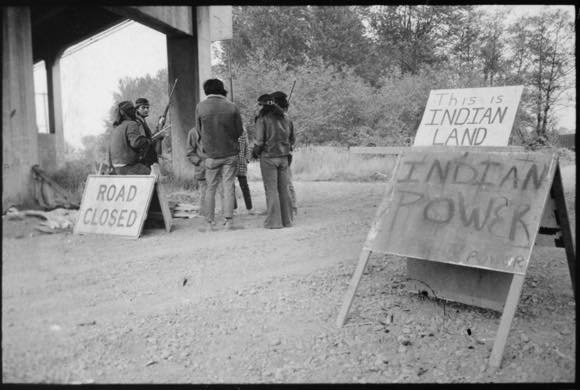
Red power movement–Native American protest, 1971.
How did the World Wars exemplify the warrior tradition of American Indians?
Natives demonstrated an enthusiasm for military service that could be described as patriotism but was actually a warrior tradition based upon defending one’s own homeland. The postwar years after these international conflicts set forth government policies and cultural practices that affected all Native Nations and future generations. There were numerous exploits by Native warriors who volunteered to fight in all services in all theatres of war, some of whom received numerous medals of valor and extensive public recognition. Natives, per capita, volunteered to fight and serve as individuals at a higher rate than other parts of society, and their communities bought war bonds on a greater scale. At the same time, many Native individuals declined to fight as “conscientious objectors,” not for religious but for political reasons.
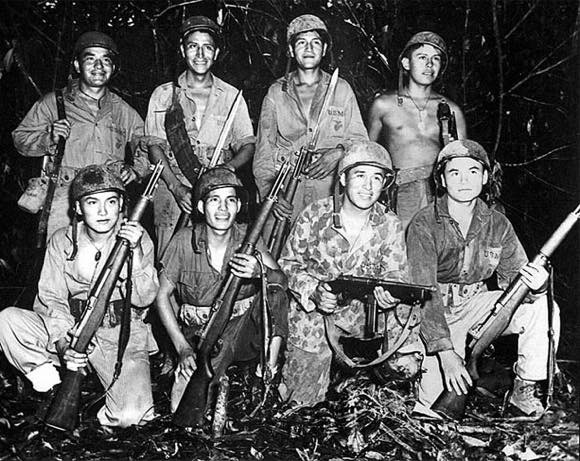
Navajo Code Talkers in the Pacific.
Are American Indians violent, or is violence perpetrated against American Indians?
This has now become a cultural meme, but it is a truth backed up by facts that American Indians and especially women, suffer violence by partners and strangers more so than any other demographic group. #MMIW becomes a harsh contemporary reality but was first identified in the 1990s. Early studies found that Indians were subjected to arbitrary law enforcement and judgments that would not happen in “normal society,” and many statistical “crimes” were based on alcohol abuse because of cultural breakdown and economic inequality. These factors also drove suicide rates. Native professionals hope that more Indians take up psychiatry and related fields, but Native cultural models of mental health are also being more widely accepted.
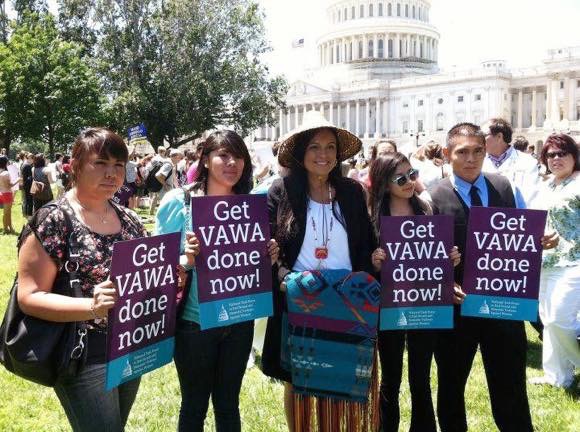
Photo: Deborah Parker
VAWA rally
Were John Collier and the Indian Reorganization Act good or bad for American Indians?
“Yes and no” would be the proper response, depending on your political or cultural viewpoint. That would change over time as the changes wrought by Roosevelt, Collier, the IRA and the BIA would alter the landscape. Both progressives and traditionalists would benefit from Collier and the IRA, just as was intended. We still argue over “IRA Tribal Councils” but many traditionalist movements would have been overcome by the sheer forces of “Religion, Industry, Progress and Civilization” had not Roosevelt and Collier provided a breathing space and opportunity to gather cultural forces, as was intended.
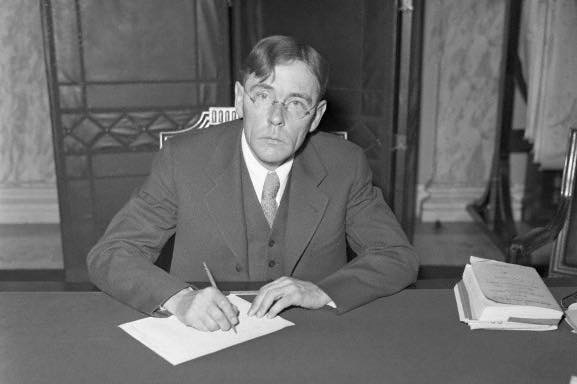
John Collier
What is the difference between Progressive and Traditional Indians?
A hundred years ago American Indians were the “Vanishing Race,” but within the 21st century we now have extensive and continuing debates about how Natives can advance as a people. Some say you can act as a traditional and observe ceremonies but still gain an education and adapt to modern society. Others say that our cultural knowledge is corrupted by modern practices and that it is a constant struggle to maintain a personal and tribal identity. All the relevant political organizations that have been formed this past century by Native people are covered here, yet we now face the same contemporary struggles that American society as a whole fights over.
This story was originally published May 21, 2016.
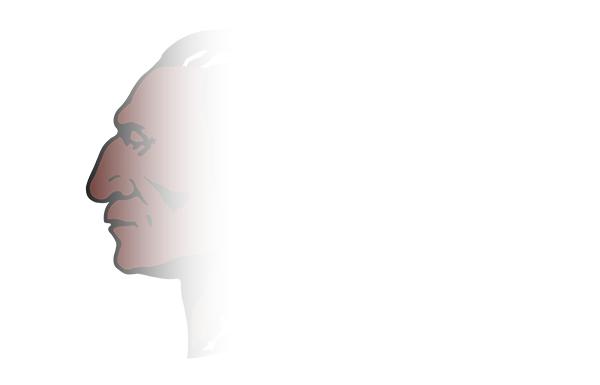
Not the ‘Disappearing Indian’…
© 2017 Indian Country Today Media Network, all rights reserved. https://indiancountrymedianetwork.comhttps://indiancountrymedianetwork.com/history/events/5-more-things-you-thought-you-knew-about-american-indians